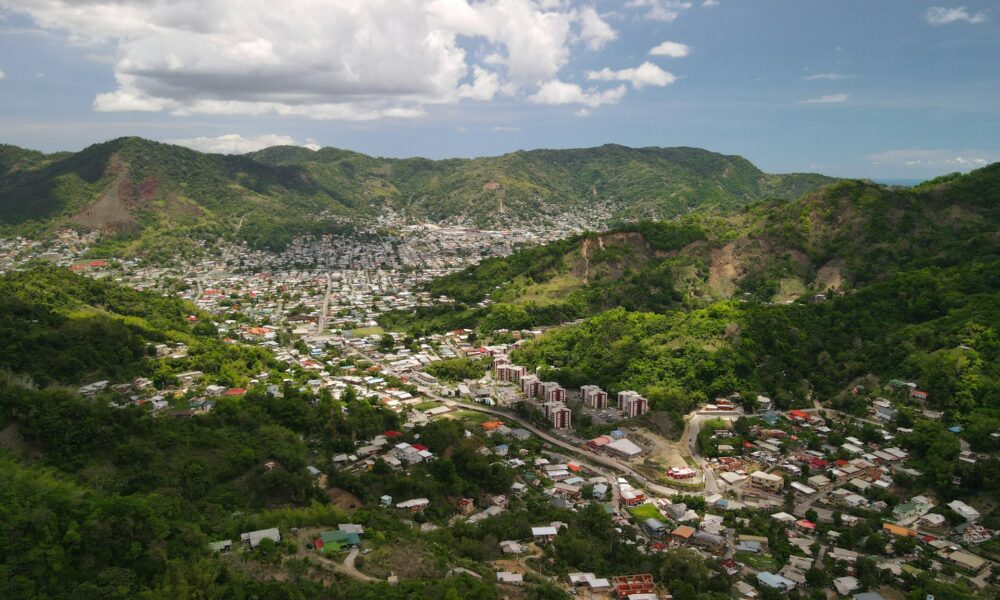What Is Paryaj Lakay? Unveiling Haiti’s Cultural Treasure
Paryaj Lakay, a term rooted in Haitian Creole, translates to “homecoming” or “return to one’s roots.” This concept embodies Haiti’s rich cultural identity, blending ancestral traditions with contemporary influences. Often associated with community gatherings, art, and storytelling, Paryaj Lakay serves as a bridge between generations, preserving Haiti’s history while fostering unity.
In this article, we explore the origins, significance, and evolving role of Paryaj Lakay in Haitian society and beyond.
The Origins of Paryaj Lakay: A Journey Through History
Haiti’s history of resilience and creativity is mirrored in Paryaj Lakay. Stemming from the country’s African, Indigenous Taíno, and French colonial influences, this tradition emerged as a way for communities to reconnect with their heritage. Key elements include:
- Oral Storytelling: Elders share folktales, proverbs, and historical accounts.
- Traditional Music & Dance: Rhythms like Rara and Yanvalou celebrate spiritual and cultural pride.
- Artisan Crafts: Handmade Vodou flags, pottery, and sequined art reflect Haiti’s artistic legacy.
Paryaj Lakay gained prominence during Haiti’s post-independence era as a means to resist cultural erasure and celebrate autonomy.
Why Paryaj Lakay Matters Today
In a globalized world, Paryaj Lakay has taken on new significance:
- Preserving Identity: For the Haitian diaspora, it’s a lifeline to cultural roots. Events like Festival Lakay in Miami or New York showcase music, food, and art, uniting Haitians worldwide.
- Empowering Communities: Local cooperatives use Paryaj Lakay to promote sustainable crafts, boosting Haiti’s economy.
- Educational Tool: Schools and NGOs integrate Paryaj Lakay into curricula to teach youth about their heritage.
Key Elements
A traditional Paryaj Lakay event features:
- Krik? Krak! Sessions: Interactive storytelling where audiences respond with “Krik?” to begin a tale.
- Vodou Ceremonies: Spiritual rituals honoring ancestors, accompanied by drumming and chanting.
- Haitian Cuisine: Dishes like soup joumou (pumpkin soup) and griot (fried pork) symbolize freedom and community.
- Art Exhibitions: Local artists display vibrant paintings and sculptures inspired by Haiti’s landscapes.
The Digital Age
Social media has amplified Paryaj Lakay’s reach:
- Virtual Gatherings: Online festivals connect global Haitians through live streams of music and workshops.
- E-Commerce Platforms: Artisans sell Paryaj Lakay-inspired crafts on sites like Etsy, promoting fair trade.
- Hashtag Movements: Campaigns like #ParyajLakay2024 highlight Haiti’s cultural contributions.
How to Experience Paryaj Lakay
- Attend a Local Event: Check Haitian cultural centers for workshops or festivals.
- Support Haitian Artisans: Purchase handmade goods from ethical brands.
- Cook Traditional Recipes: Try making diri ak djon djon (mushroom rice) at home.
FAQs
Q: Is Paryaj Lakay religious?
A: While it incorporates Vodou elements, it’s broadly cultural, welcoming people of all beliefs.
Q: Can non-Haitians participate?
A: Absolutely! Paryaj Lakay encourages cultural exchange and education.
Conclusion: Embracing Paryaj Lakay’s Legacy
Paryaj Lakay is more than a tradition—it’s a movement. By honoring Haiti’s past and innovating for the future, it inspires pride and global appreciation. Whether through art, food, or storytelling, Paryaj Lakay invites the world to experience Haiti’s soul.
Call to Action: Share your Paryaj Lakay journey online or join a local event to keep this tradition alive.






